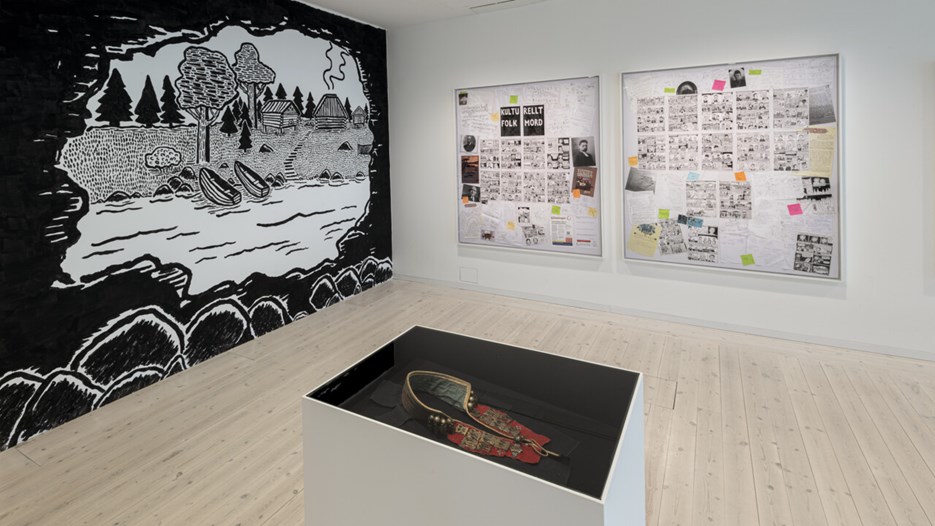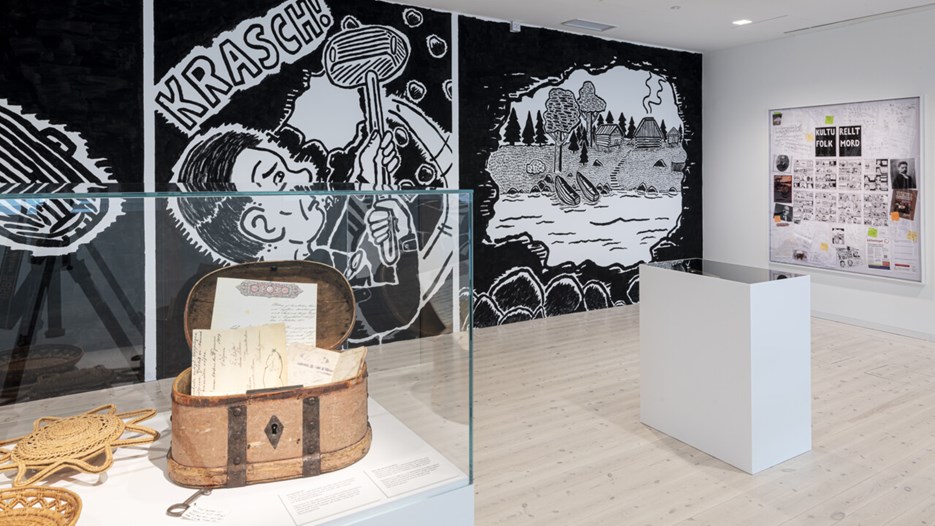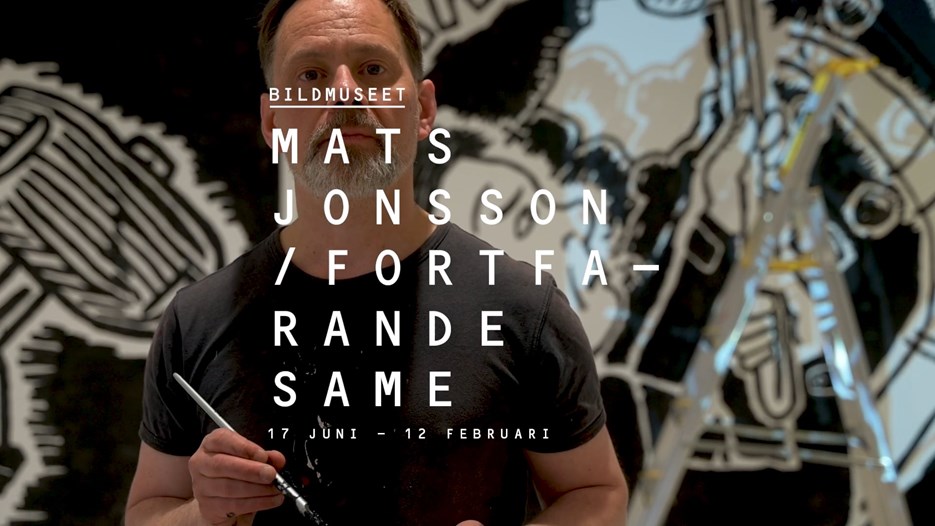Mats Jonsson (b. 1973, Södertälje) lives and works in Sandslån, Ådalen. He has published seven autobiographical graphic novels and four illustrated children’s books. När vi var samer (2021) was awarded the Björn Nilsson Prize for cultural journalism by national newspaper Expressen and is the first graphic novel to be nominated for the August Prize in the fiction category. Mats Jonsson’s goal is to depict his entire life in comic-book form.




